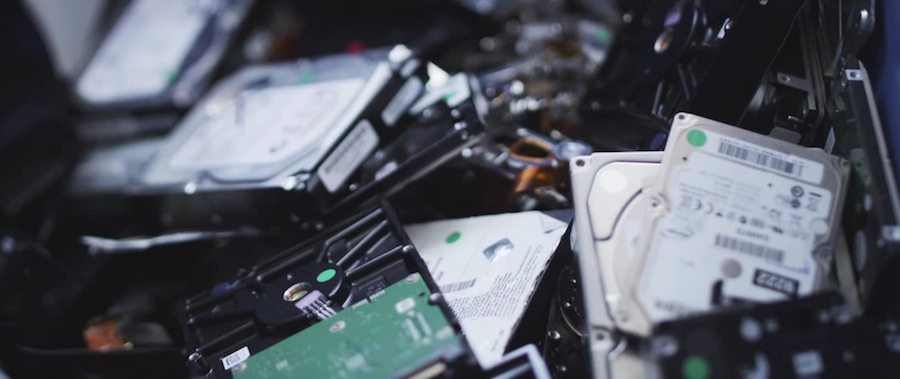Are you afraid of a computer crash?
Among the many people who’ve faced some kind of data loss from a computer (over half of people eventually will), or among folks who’ve heard horror stories from friends whose hard drive failed and they hadn’t backed up their data, there’s one fear that often creeps to the surface in our conversations: hard drive reliability.
It seems most people aren’t quite sure how reliable hard drives are (very reliable actually, compared with most consumer electronics devices) — or, they simply assume one of two extremes: either that their hard drive will live forever (no electronics do), or that hard drives are terribly unreliable (that’s equally untrue).
It’s as reliable as any mechanical tool — take care of it
But the best way to look at it is simple, really. Like anything you own that’s mechanical or electronic in nature – your car, refrigerator, air conditioner, mobile phone, TV or lawn mower — you need to treat it right or actively take care of it. With mechanical devices or any electronics that generate heat, routine maintenance and careful examination of how and where it’s used contributes greatly to its longevity. Hard drives are no different.
How to Geek has some good advice on How to Prolong the Life of Your Hard Drive, touching on a few simple ways to make sure your drive is serving your needs for as long as it possibly can. The article cites 3 key factors to keep in mind:
1. Cooling
2. Trauma
3. Utilization
It seems obvious to heed their advice to keep your drive cool (between 30 and 40 degrees Celsius), handle it with care (this includes how you handle your laptop), and give it some rest (every thing needs sleep from time to time, but too much can be detrimental). But of course, remembering all that, every day, takes a certain level of awareness. Check out the guide for more in-depth discussion.
In addition to the above, I’ve found there are other simple, routine tasks you can do to keep your drive performing reliably. I have a Seagate external drive from 2006 that’s still running strong. You can call me lucky, but I chalk it up to a little TLC every now and then. My routine includes:
1. Clean the case — Blow out dust that collects in vents, on fans, cables, etc. Good airflow is a drives best friend.
2. Clean up data on the drive — Use a disk cleanup or PC tune-up program and run it once a month. You’d be amazed how much junk collects on your drive that unknowingly tasks your drive with excess, unneeded commands.
3. Defragment the Disk — Defragment your drive once a month to free up space and make the drive run more efficiently. Windows makes it easy to schedule. If you use Mac, not to worry, it already does this automatically in the background.
Let’s face it, sometimes you may drop a drive on a hard surface, get a virus, or receive a drive that was damaged in shipment, and doing all of the above can’t help. That’s why a good backup policy (like backing up daily or weekly to an external hard drive and the cloud) — and/or a low-cost, proactive data protection plan like the Seagate Rescue Plan — is always a good idea.
If we’re smart, we take steps to keep that car, refrigerator, air conditioner or lawn mower running smoothly — why not your hard drive too?
—
Seagate creates space for the human experience by innovating how data is stored, shared and used. Learn more at www.seagate.com.








